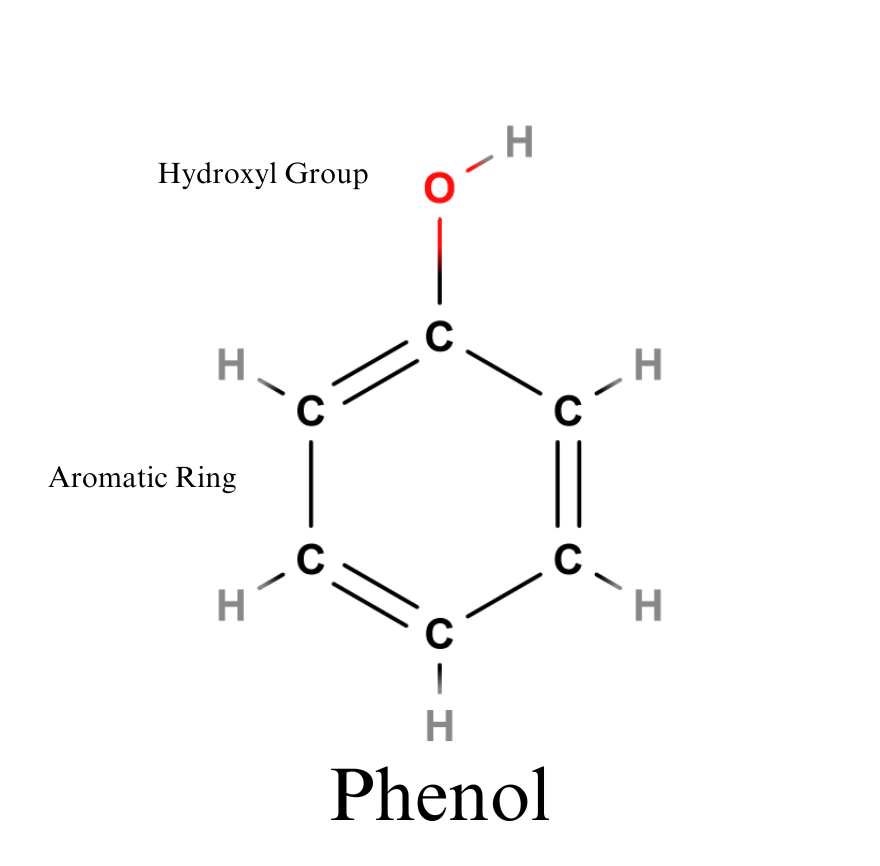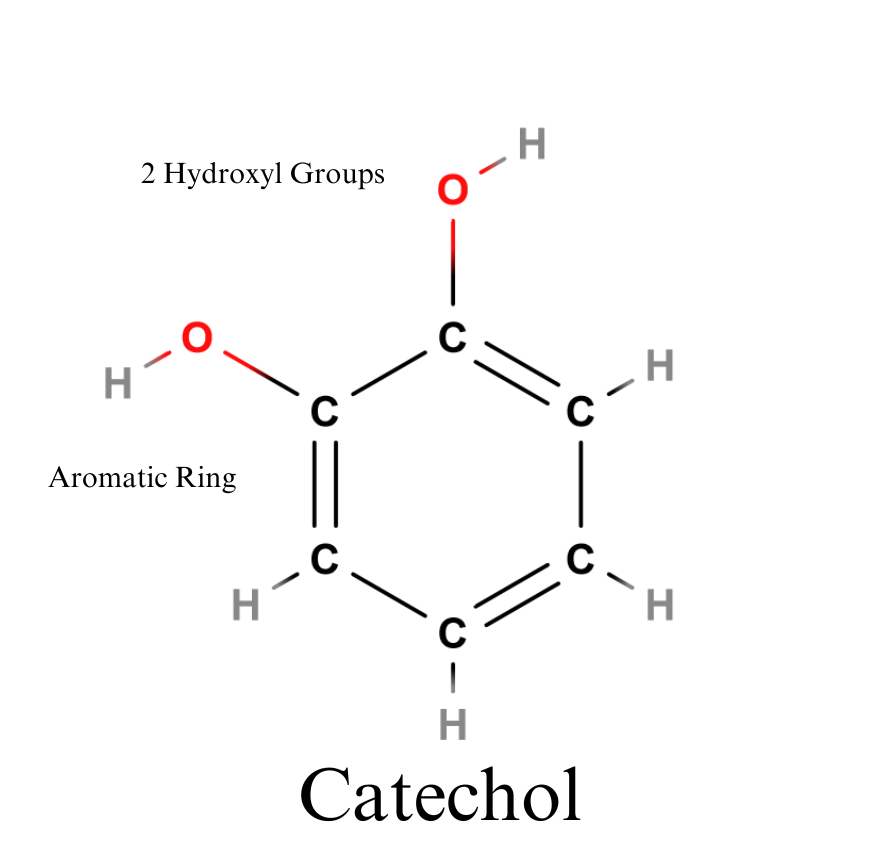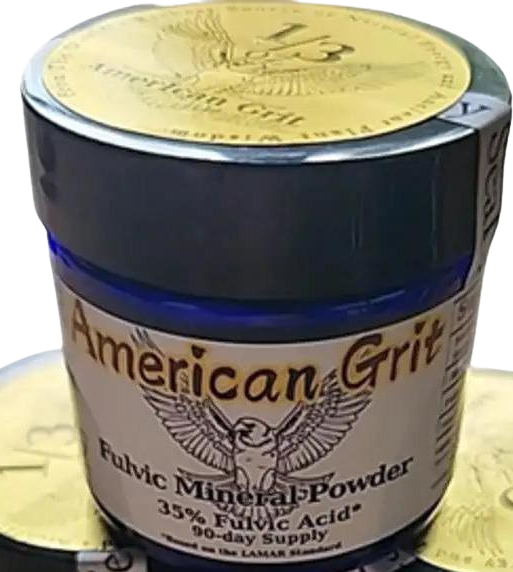Unlock the Power of Nature
The Elemental Phytochemical Foundations of Polyphenols and Phenols
Explore how the synergy of polyphenols and fulvic acid can elevate your health and wellness journey.
Polyphenols are fascinating compounds that plants create to perform a variety of functions. And you are likely much more familiar with them than you may think.
Related Reading: Is there an American Shilajit?
For example, polyphenols are responsible for the nostalgic color displays of the changing fall leaves. The oranges, yellows and reds of the fall leaves are created by polyphenols each plant creates to protect itself from exposure to the UV rays projected by the sun. It is also polyphenols that produce many of the colors seen in flowers.

But that is far from the only function polyphenols perform! This is crazy but, many plants produce polyphenols that are specific to their species for example; ginkgo biloba, cannabis, cocoa. In fact it is the polyphenols of many plants that give them their distinct flavors. And with over 8,000 known polyphenols and many more waiting to be discovered, there is really too much information to cover in one article. So today let’s cover the basics!
Let’s begin by looking at polyphenols on an elemental level. And to do that, we will need to take a quick look at what a phenol is. Because as the name suggests polyphenols are made up of multiple (poly) phenols.
The Core Elements of Polyphenols: What is a Phenol?

Figure 1: Phenol – Here is the most basic example of a phenol.
Phenol’s, like polyphenols are found abundantly in nature, the are phytochemicals made by plants.
By definition a phenol is:
A) a compound that contains a hydroxyl group that,
B) is attached to a carbon atom that,
C) is part of an aromatic ring.
What is a hydroxyl group? It’s quite simple one atom each of Oxygen and Hydrogen, or -OH. Seen in Figure 1
What is an aromatic ring? In the context of MOST polyphenols, the aromatic ring is “benzene”. However, an aromatic ring is more accurately a very stable cyclic molecules that have alternating single and double bounds. For example in Figure 1, the carbon atom attached to the hydroxyl group represented by the hexagon and alternating double bands.
Like phenols are a fascinating group of compounds, unlike polyphenols which are much more common in nature, phenols serve a major role in the production of plastics, synthetic pharmaceuticals and a wide range of chemical process. While plants produce phenols in some instances, a majority of phenols occur from the breakdown of polyphenols. These phenols are sourced from oil, coal and tar, and extracted along with several other similar compounds. We will get deeper into this breakdown process in other articles.
You see when plants die and break down, the polyphenols they have created degrade into phenols when exposed to pressure and heat. These compounds eventually find their way into deposits that form oil, coal and tar deposits. While coal, or more accuratly coal tar is much more abundant in phenols, they are primarily sourced from petroleum using what is known as the “cumene process“.
Phenol itself is toxic, which is quite contrary to the many health benefits we derive from polyphenols. Further, phenol is part of many process that produce endocrine disruptors when used to create certain synthetic materials. And I find this connection and counterbalance between phenols and polyphenols so fascinating. A prime example of phenols gone wrong is Bisphenol A, more commonly known as BPA.
The Core Elements of Polyphenols: What is a Polyphenol?
With phenols out of the way, we can tap into the diverse world of polyphenols with some perspective to go by.
By definition a polyphenol is:
A) a compound that contains a hydroxyl group that,
B) is attached to a carbon atom that,
C) is part of an aromatic ring.
There are 4 classes of polyphenols:
1. Phenolic acids– Simple polyphenols
2. Flavonoids- Largest class, and is divided into 3 sub-groups anthocyanins, flaonols and flavanones.
3. Stilbenes- Characterized by a central double-benzene ring.
4. Lignans– From plant lignin, which is found in the cell wall of plants.
You can see an example of a phenolic acid known as a catechol in figure 2.

Figure 2: Cetechol: A simple polyphenol structure.
Polyphenols are a diverse group of compounds that offer a wide range of potential health benefits for us. Some of the most well known polyphenols are resveratrol, quercitin, curcumin, and berberine are among the most well-known polyphenols. But there are 1000’s of studies on 100’s of polphenols on how they interact with our bodies.
And they perform a wide range of functions in our bodies that can improve our overall health.
Below are 4 vital roles that they can play to improve our health. We will get deeper into these benefits in a future article.
Maximize Your Body's Potential
Premium Fulvic Acid
2-3x more potent fulvic content than Himalayan Shilajit*, with over 13 amino acids, 22 polyphenols and 70 trace minerals. Sourced from America. *According to the Lamar testing protocol.

4 Key Benefits of Polyphenols
Chelation of Heavy Metals
Many flavanoids have the unique ability to chelate heavy metals, which means they are able to remove them from our bodies. This includes mercury, lead and aluminum.
Antioxidant
One of the most common functions polyphenols perform is to remove “Reactive Oxygen Species” or free radicals that can be damaging to our cells.
Improved Gut Health
Many polyphenols feed specific bacteria species that help aid in digestion and further can act to make nutrients more bioavailble for plants and animals alike.
Anti-Inflamatory
Fulvic acid promotes a healthy gut microbiome, which is essential for digestion, immunity, and overall well-being. Because inflammation is a pre-curser for many illnesses, it is essential that we
Polyphenols in a Nutshell
As you can see, polyphenols offer tremendous beneficial impacts on our health and well being. By eating a diverse assortment of vegetables and fruits we can benefit from the wide-spectrum of tasks they can perform for our bodies. From improving our digestion by feeding specialized micro-organizims that help us digest our food and acquire nutrients, to assisting in the removal of certain metals from the body.
No doubt about it, plants have developed some of the best chemical technologies for handling a wide range of biological adversity. Best of all, this amazing arsenal of phytochemicals is available for us to utilize for many of the same reasons.
Get this! American Grit fulvic has over 22 naturally occurring polyphenols and 70+ micronutrients.